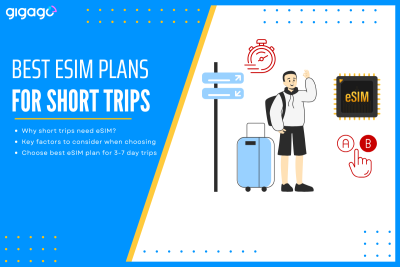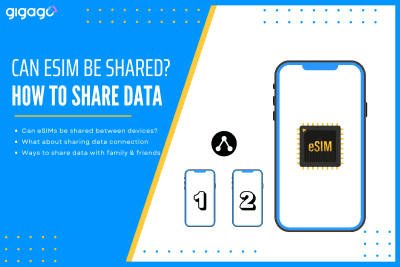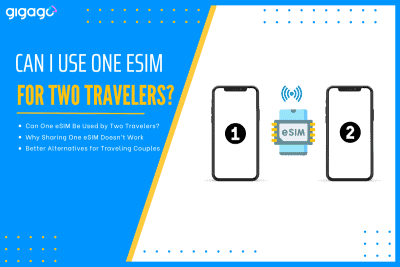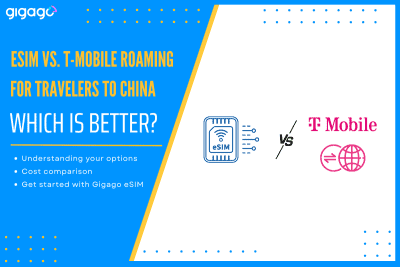As eSIM technology becomes the new standard for international travel, many users wonder: “Does eSIM Require Special Apps to Install?”. If you are planning a trip and considering a travel eSIM, the technical side might seem a bit mysterious. This guide will clarify whether you truly need extra software just to stay connected with an […]
What is latency (ping)? Why it matters for your travel eSIM
When choosing a travel eSIM, most people focus on data allowances and coverage areas, but there’s another crucial factor that can make or break your connectivity experience abroad: latency, or what’s often called ping. Understanding latency and its impact on your travel activities can help you make informed decisions about your international connectivity needs and ensure smooth communication throughout your journey.
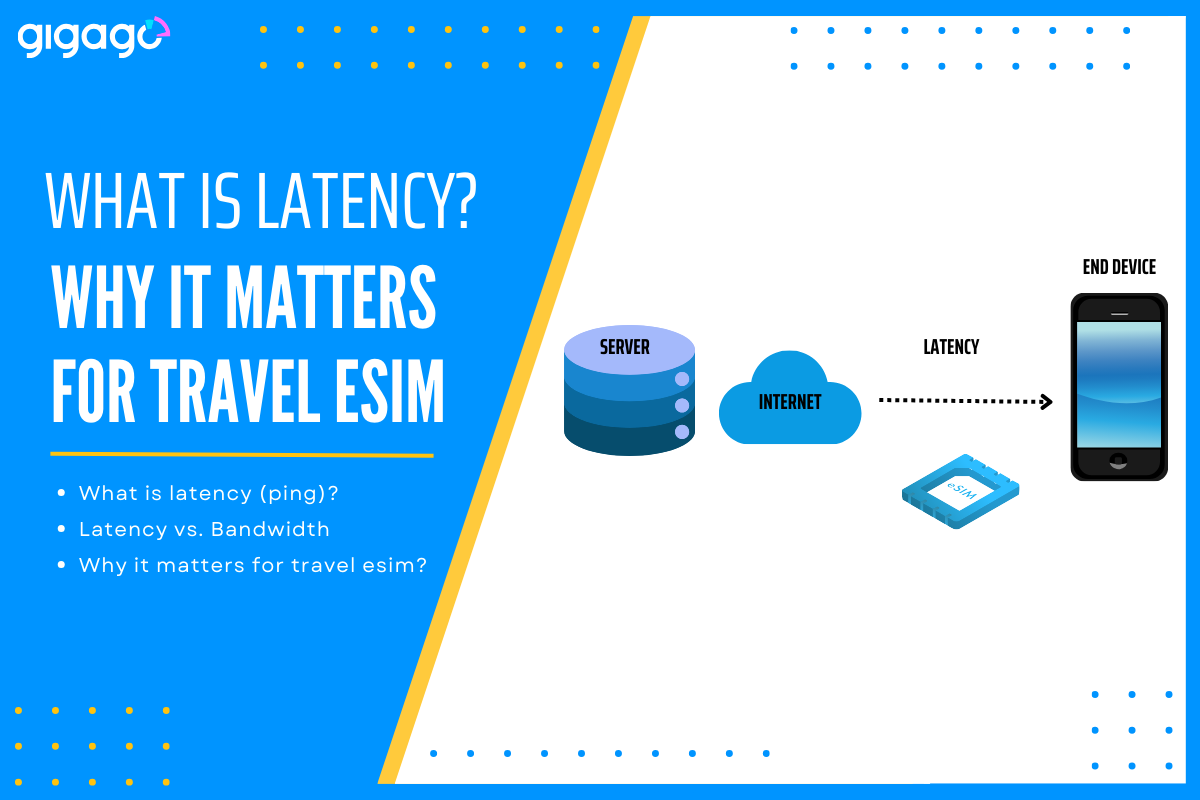
In this article
I. What is Latency (Ping)?
Latency, also known as ping, is the time it takes for data to travel from your device to a server and back. Think of it as the delay between when you tap “send” on a message and when the action actually begins processing on the receiving end.
It’s measured in milliseconds (ms). The lower the number, the faster your connection feels.
For example, when you make a video call, latency affects how quickly your voice and image reach the other person. Even with fast internet, high latency can cause delays, lag, or out-of-sync conversations.
II. Latency vs. Bandwidth”: What you should know
Many travelers focus solely on internet speed when choosing an eSIM, but latency is equally important for a smooth experience.
Here we explain two definitions in simple words:
Imagine internet speed as the width of a highway.
- Bandwidth is like the number of lanes on a highway. More lanes mean more cars (or data) can travel at the same time.
- Latency is the time it takes for one car to go to its destination and come back. Even if the highway is wide, the total travel time still depends on how far the destination is.
This means you can have a fast internet plan (high bandwidth), but if the latency is high, your connection may still feel slow, especially during real-time activities like video calls, live maps, or online banking.
Here is a quick table to make it clearer:
| Feature | Bandwidth (Speed) | Latency (Ping) |
| What it is | Data transfer capacity | Data reaction time |
| Measured in | Megabits per second (Mbps) | Milliseconds (ms) |
| Analogy | Width of a highway | Round-trip travel time |
| Best for | Streaming, downloads | Gaming, calls, browsing |
III. Why Latency Matters for Travelers Using eSIM
While traveling, latency plays a crucial role in how smooth and responsive your online experience is.
High latency can impact everyday activities like using Google Maps, translating languages in real-time, or making video calls.
Here are some examples of poor latency affecting traveling experience:
- A noticeable delay between speaking and being heard when you make video calls with colleagues or family back home.
- For social media enthusiasts, delays when uploading photos or going live.
- For business travelers, timeouts during important online banking or booking transactions.
- Streaming or light gaming becomes unenjoyable when latency issues cause buffering or lag.
- …
In short, good latency helps everything feel more instant and reliable—something every traveler needs.
IV. What Affects Latency When Using a Travel eSIM?
Some factors determining the latency you experience while using a travel eSIM abroad are:
- Geographic distance: The distance between your location and the server you’re connecting to. Longer distances mean longer delays.
- Local network quality: The quality and infrastructure of local network carriers affects your connection quality. Old technology inherently produces higher latency.
- Network congestion: latency can be spiked during peak hours or in popular tourist areas.
- The type of cellular connection available: Whether 4G or 5G,it affects how quickly your data packets can be processed and transmitted.
V. What’s Considered Good Latency for Travel eSIMs?
For a travel eSIM, latency should be as low as possible in order to provide a smooth experience.
- Excellent level: latency below 50ms is excellent,
- Very good level: 50–100ms for most activities.
- Acceptable level: between 100–200ms (sometimes cause slight delays during voice or video calls).
- Not good level: above 200ms, causing noticeable lag, especially during real-time interactions like gaming, calls, or live navigation.
In fact, travel eSIM typically offers latency ranging from 80ms to 300ms depending on your location and the provider’s network partnerships.
VI. How Gigago Optimizes Latency for Travelers
At GIGAGO, we understand that latency can make or break your travel experience, especially in unfamiliar places where you rely heavily on digital tools.
That is why we partner with top-tier mobile networks in over 200 countries and territories, ensuring your eSIM connects to the fastest, most reliable network available. Our intelligent routing system helps minimize latency by automatically connecting you to nearby servers, so your connection stays smooth—whether you are navigating city streets or joining a video call.
VII. Tips to Minimize Latency Issues While Traveling
Although some latency factors are beyond your control, there are a few things you can do to improve your connection:
- Always allow your eSIM to connect to the strongest local carrier, which usually offers the lowest latency in the area. Do it by setting automatic network choices.
- Avoid using VPNs unless necessary: VPNs can increase latency by routing your traffic through distant servers.
- Close background apps that may use bandwidth.
- Stay in areas with good signal reception to ensure optimal performance.
Latency may not be the first thing travelers think about when choosing a travel eSIM, but it has a big impact on your digital experience abroad. By choosing a travel eSIM provider like Gigago that prioritizes network optimization and maintains quality partnerships worldwide, you can stay connected, wherever your journey takes you.


